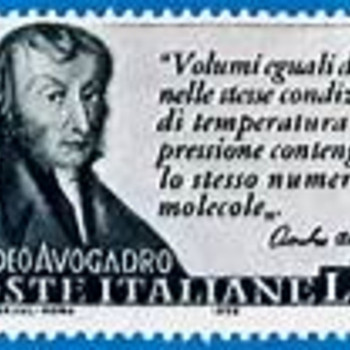A #0.795*g# mass of gas is confined to a #1*L# volume at a temperature of #89# #""^@C# under a pressure of #771*mm*Hg#. What is the molar mass of the gas?
1 Answer
These questions ought NOT to be asked of students..........
Explanation:
Mercury has all but disappeared from modern laboratories. Aside from its toxicity, mercury spilled on a laboratory bench is a MAJOR AND DEMANDING clean up job, the which I doubt that the person who asked this question has ever performed. Pressures of over ONE atmosphere should thus be reported with units of atmospheres or kilopascals, and not some whack units of mercury............
This being said, we know that
And thus
And thus from the Ideal Gas equation,
And thus
Again, this is a very poorly proposed question, in that we would think that we would get a molar mass of

